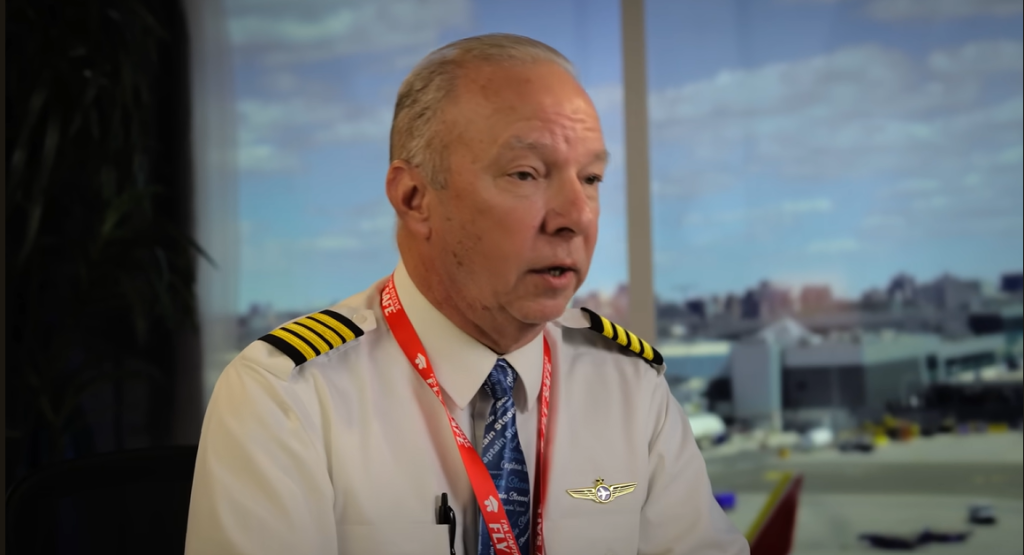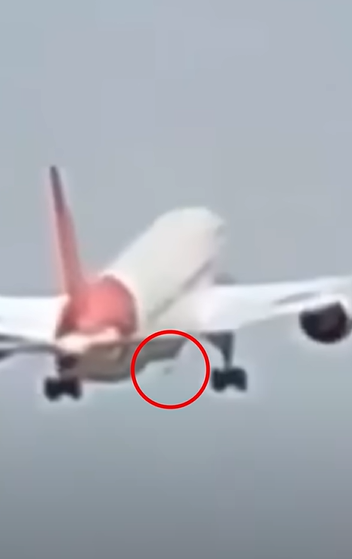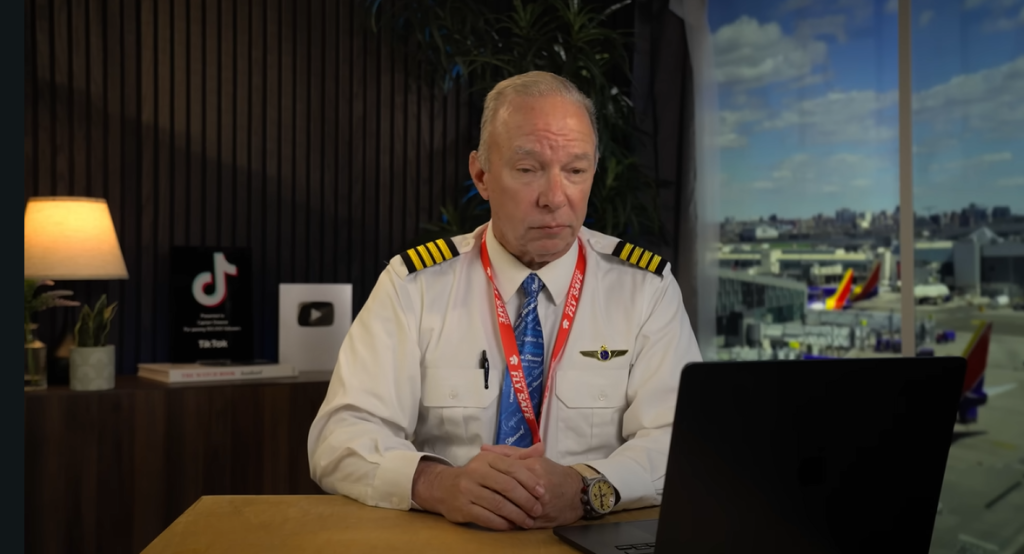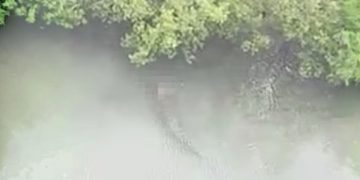An aviation expert has gone back and changed his initial theory on why the Air India flight may have crashed on Thursday, June 12, after watching new footage of the crash.
The plane was carrying 242 people
Air India Flight AI171 took off from Ahmedabad in India and was bound for London Gatwick but crashed in the Indian city moments after takeoff.
It had issued a mayday call before losing signal and was only at 625 feet before going down. The plane had 230 passengers and 12 crew members, of which only one passenger survived.
Aviation experts have come up with theories
The exact reason for the plane crash is still officially unclear, but aviation experts have come up with their theories regarding why it could’ve happened.
Commercial airline pilot and crash analyst Steve Schreiber, known on YouTube as ‘Captain Steeeve’ said there were three main theories.
Loss of power, no flaps on takeoff, or prematurely retracted flaps
Schreiber said that so far there had been three theories on why the crash may have happened. The first was that there was a loss of power due to fuel contamination.
The second, that the flaps weren’t set properly for takeoff. And the third theory was that there was a pilot error where the flaps were retracted prematurely.
But he has since changed his mind because of new footage

Although Schreiber was leaning more towards the last theory, he said that he has since changed his mind on what most likely happened, and it’s thanks to new, clearer footage of the crash.
Upon watching the slightly higher quality video, Schreiber now believes the aircraft had a dual engine failure.
He believes he can see the RAT activated

From the video, Schreiber says that just under the plane’s right wing, there’s a ‘protrusion on the belly of the aircraft’ with a ‘little grey dot’ beneath it.
The pilot says this is an indication that the aircraft’s Ram Air Turbine (RAT) had been activated as it was going down.
He explained the function of the RAT

“Many airplanes have it,” Captain Steve explains. “It is just behind the wing on the right side of the airplane, there is a little door that holds it in.”
“It looks like a little Evinrude motor, it’s a little two-bladed prop. Its function is to provide electrical and hydraulic pressure for the aircraft in an extreme emergency.”
It will have deployed automatically

Schreiber added that the RAT would have deployed automatically in this type of aircraft under one of three conditions: “A massive electrical failure, a massive hydraulic failure or a dual engine failure.”
He believes that the new video shows visual evidence of the RAT being put in place as it shows a ‘protrusion’ and grey dot where it would be on the plane.
“That little grey dot is the RAT,” he says. “The protrusion is the door that opened to allow the RAT to come down.”
He also thinks the sound is further evidence
Schreiber also believes that the sound from the new video is further evidence of this.
He says, “A RAT makes a unique sound, it sounds like a propeller airplane going by, or a real high-pitched squeal. It is essentially spinning at the speed of sound to generate the energy, electrical and hydraulic that it needs to.”
“If you weren’t looking at it, it sounded like a single-engine prop airplane just flew by.”
It could be an indication of dual engine failure
The RAT is there to help planes in the event of engine failure, and while it’s not ‘designed’ to be deployed at such low altitude, according to Schreiber, ‘it is evidence’ for what may have caused the crash.
The aviation expert summarizes, “It is evidence for us it was dual engine failure, most likely. It could have been electrical issue, it could have been hydraulic issue, it could have been either one of that. But I think the fact the airplane is mushing out the sky gives the idea it was a dual engine failure.”

















































